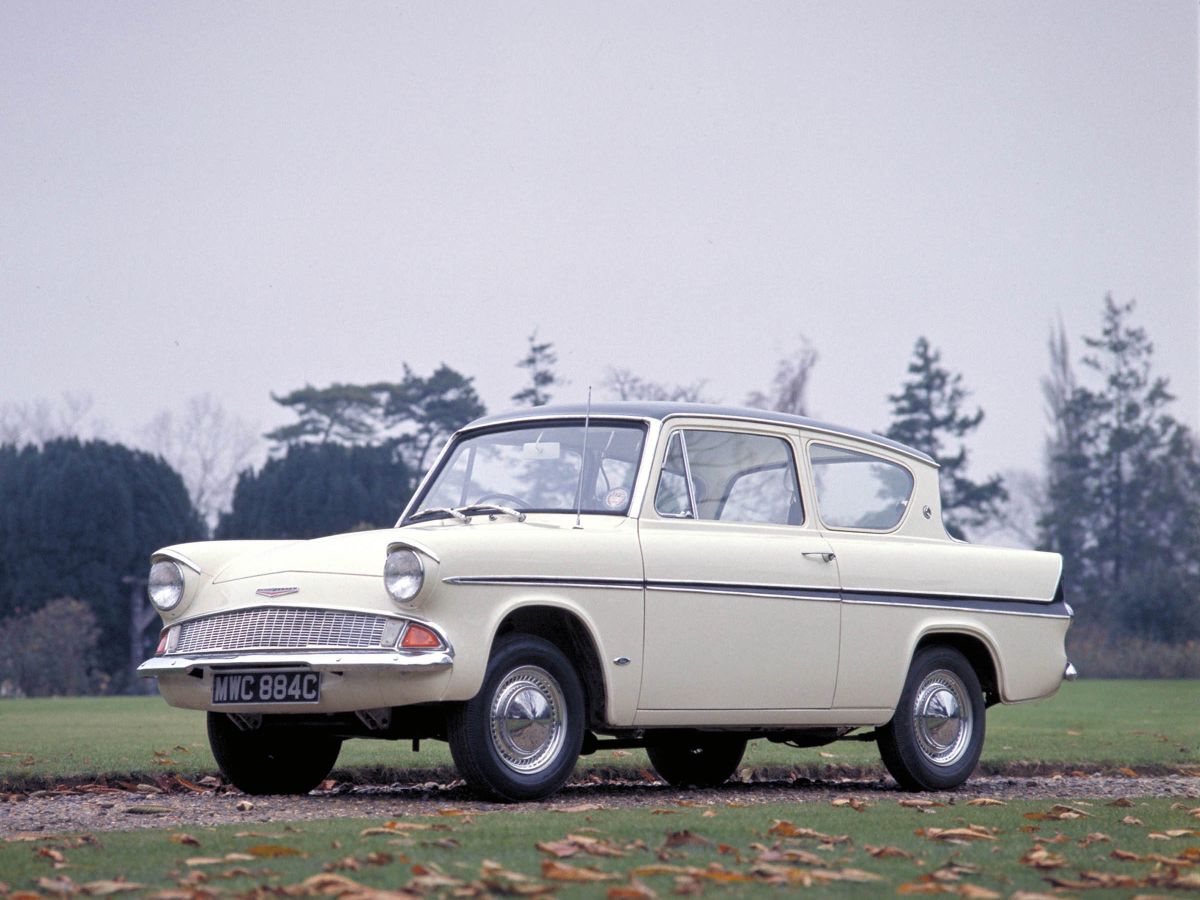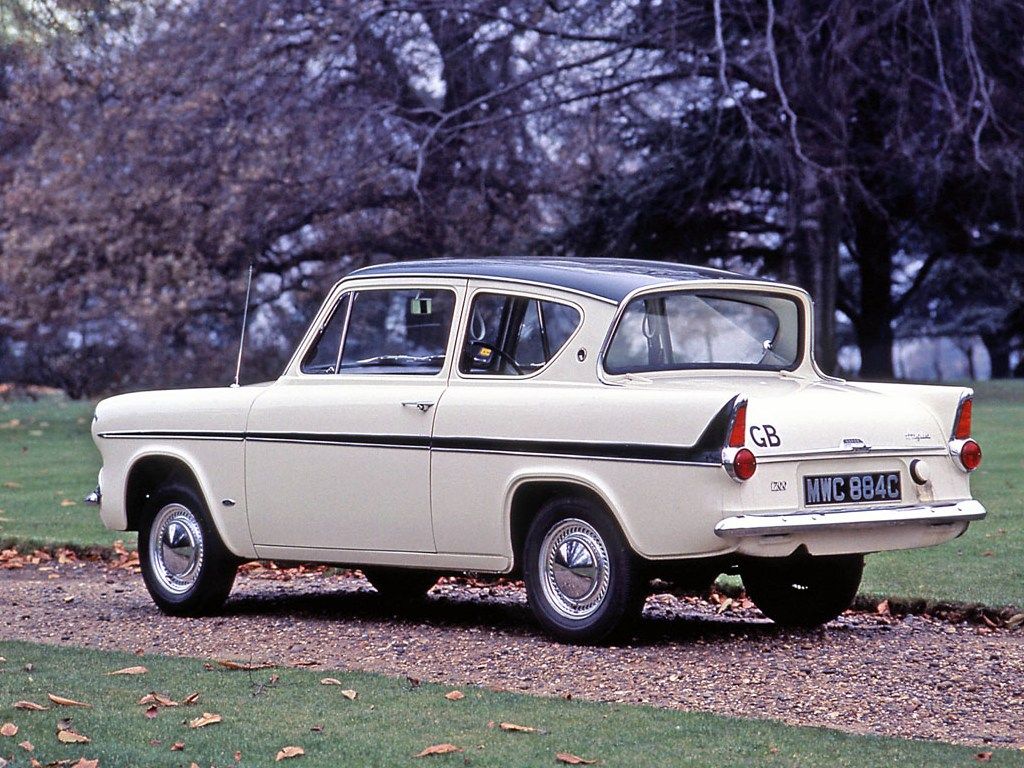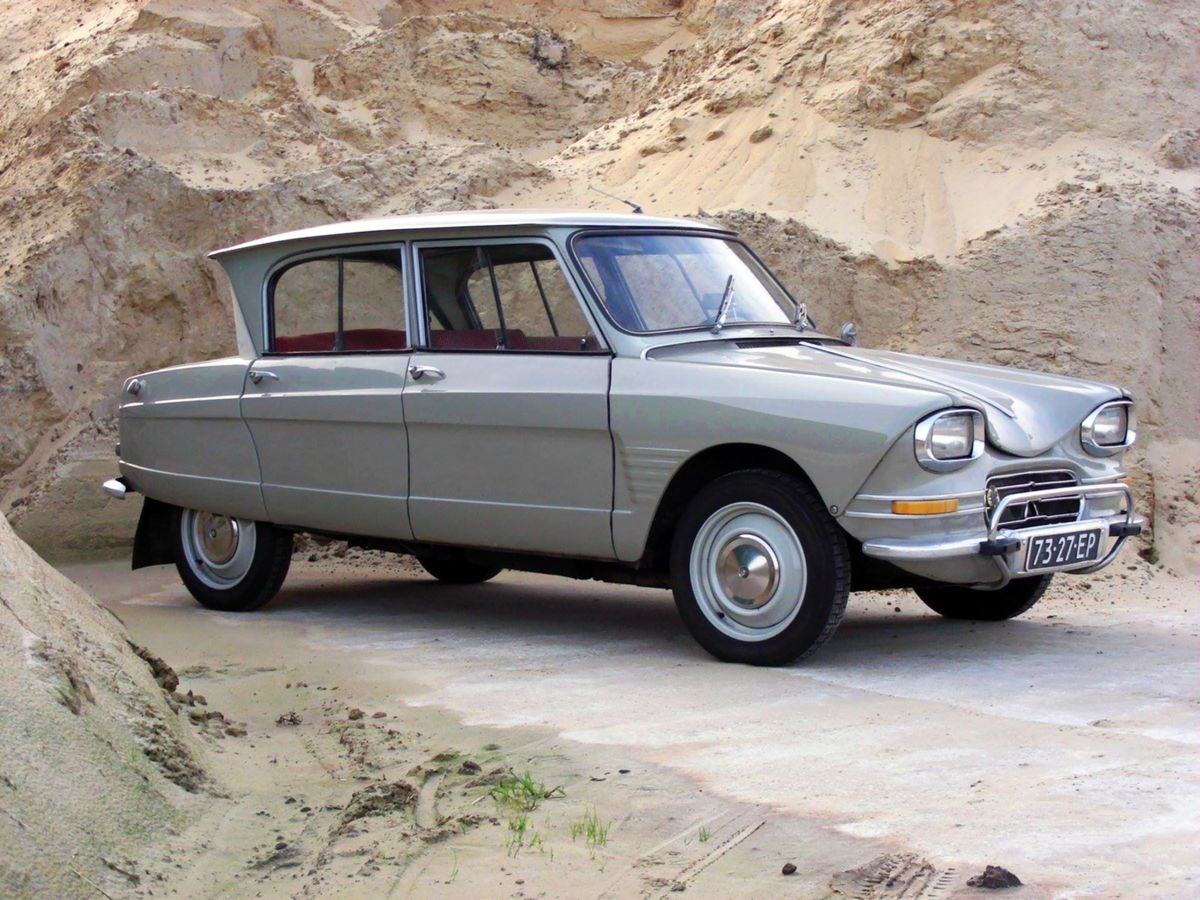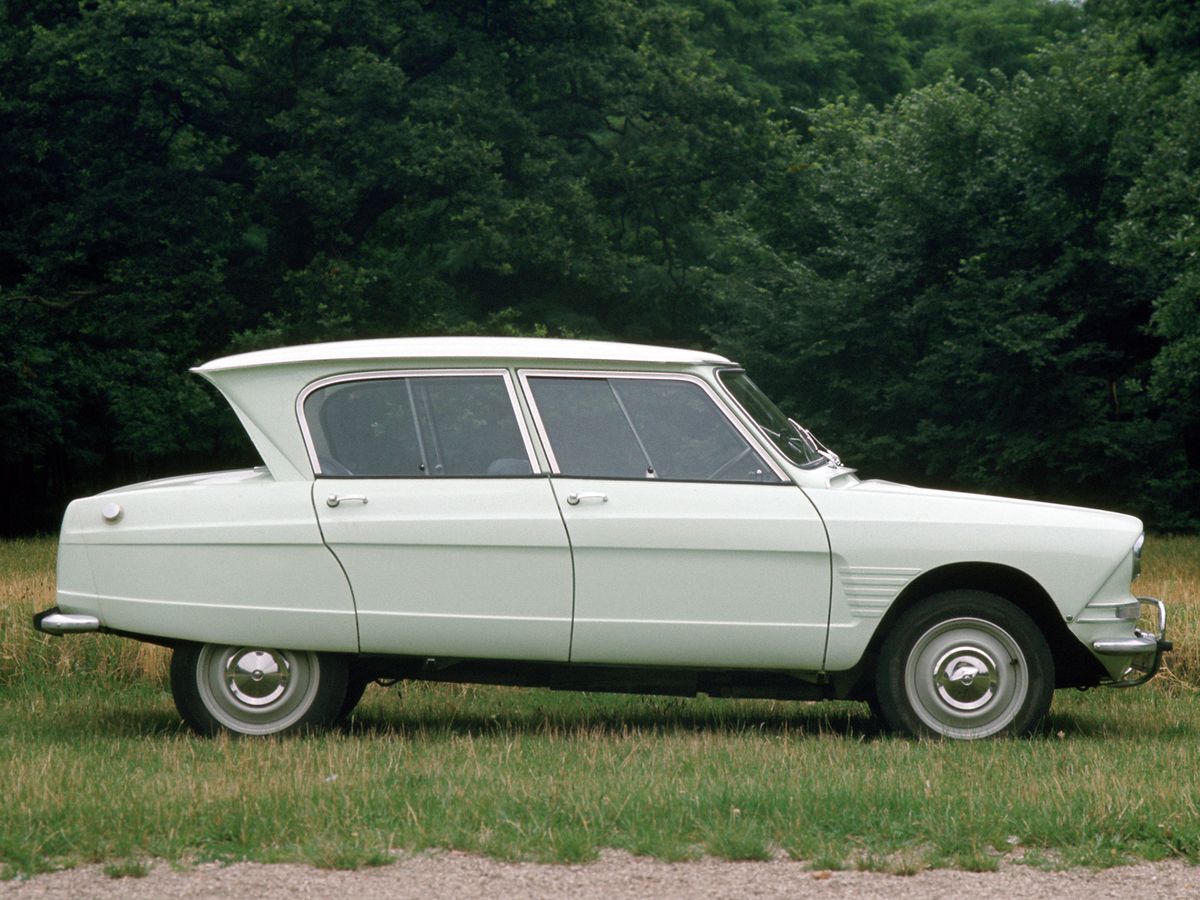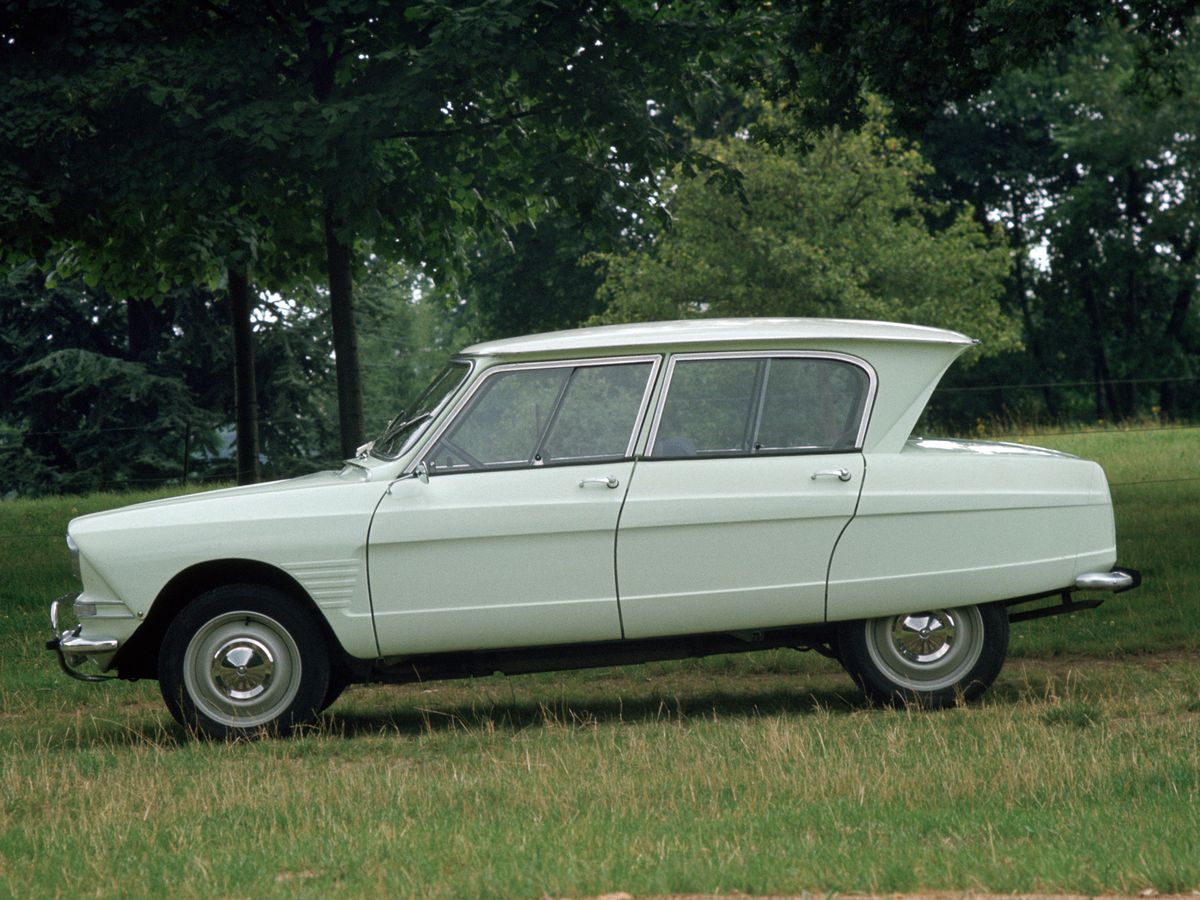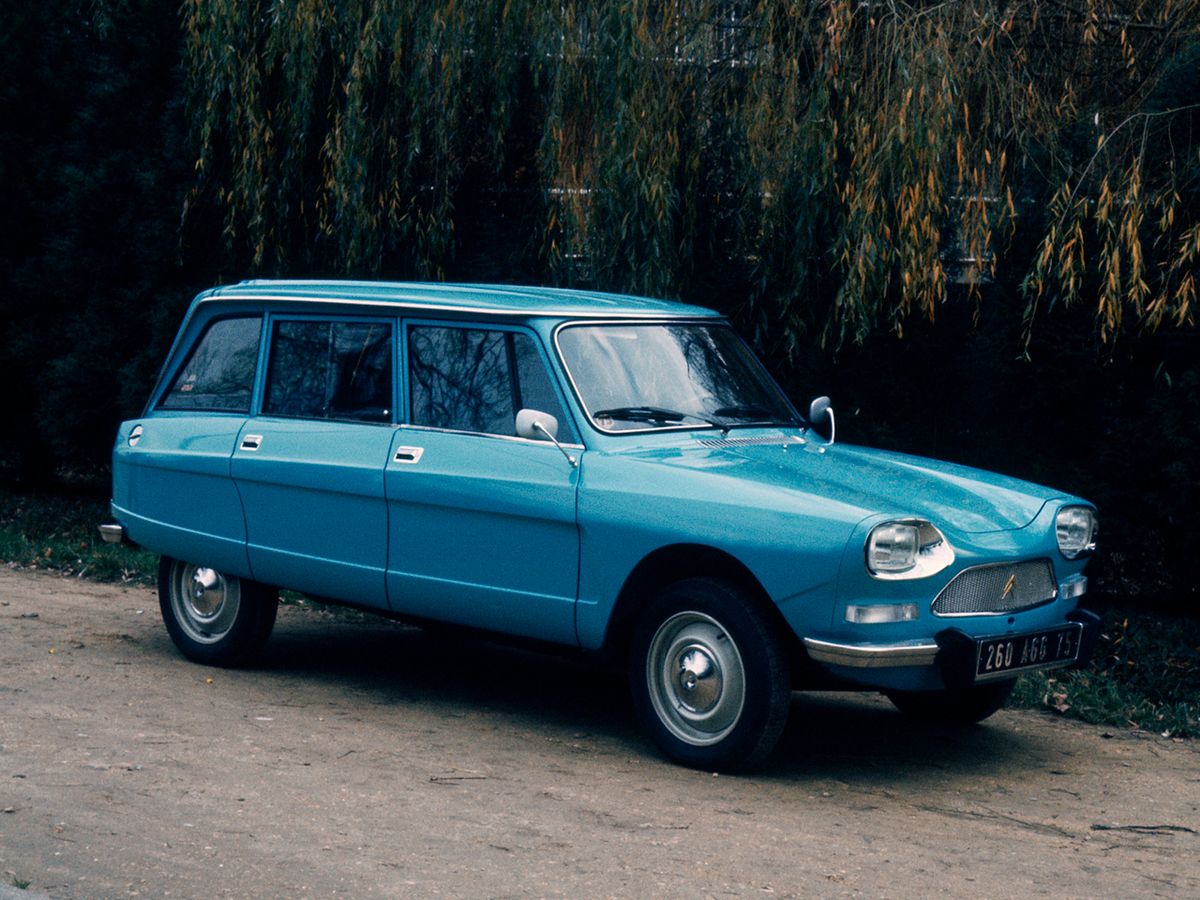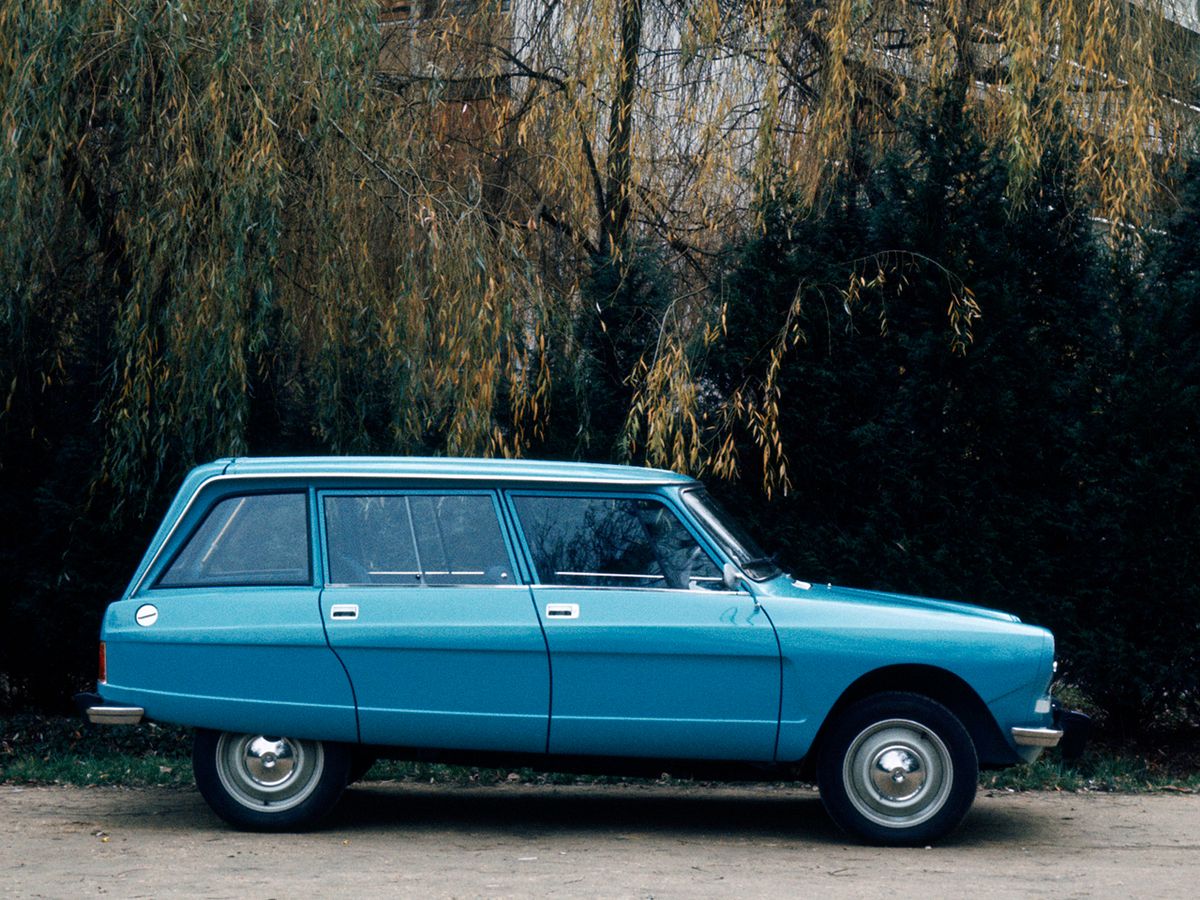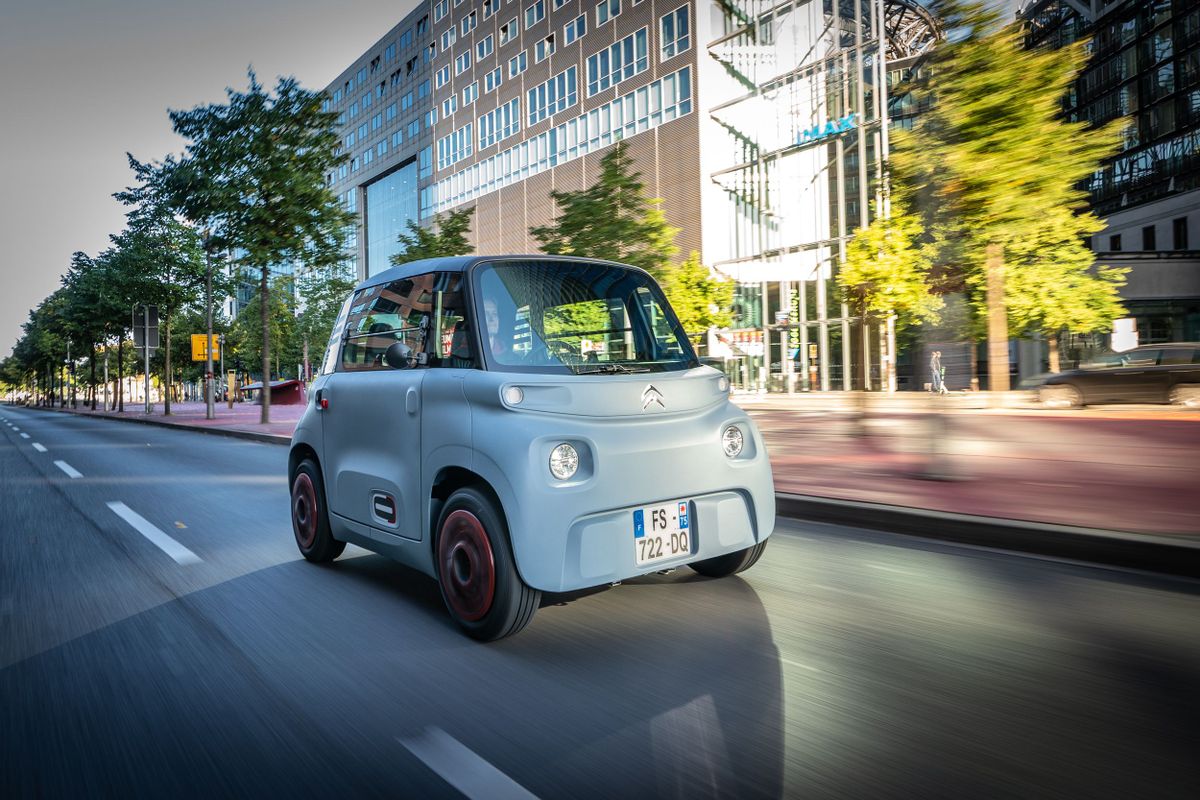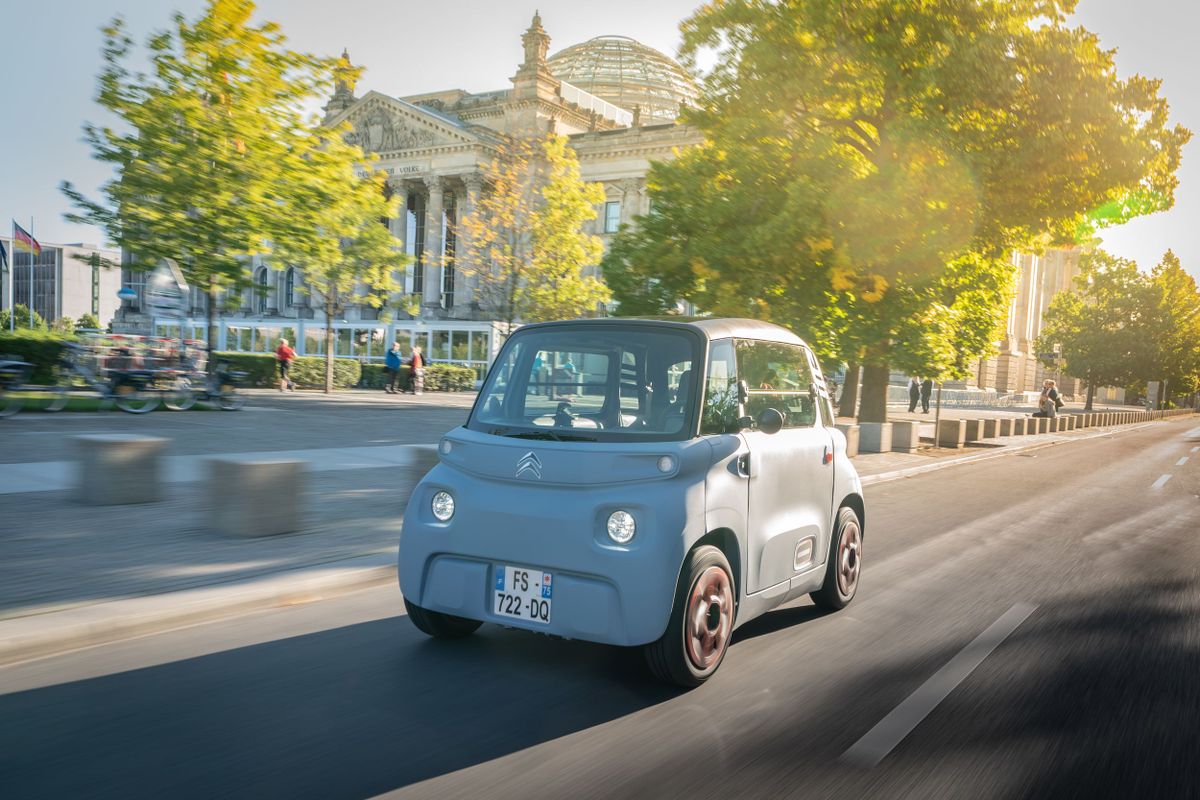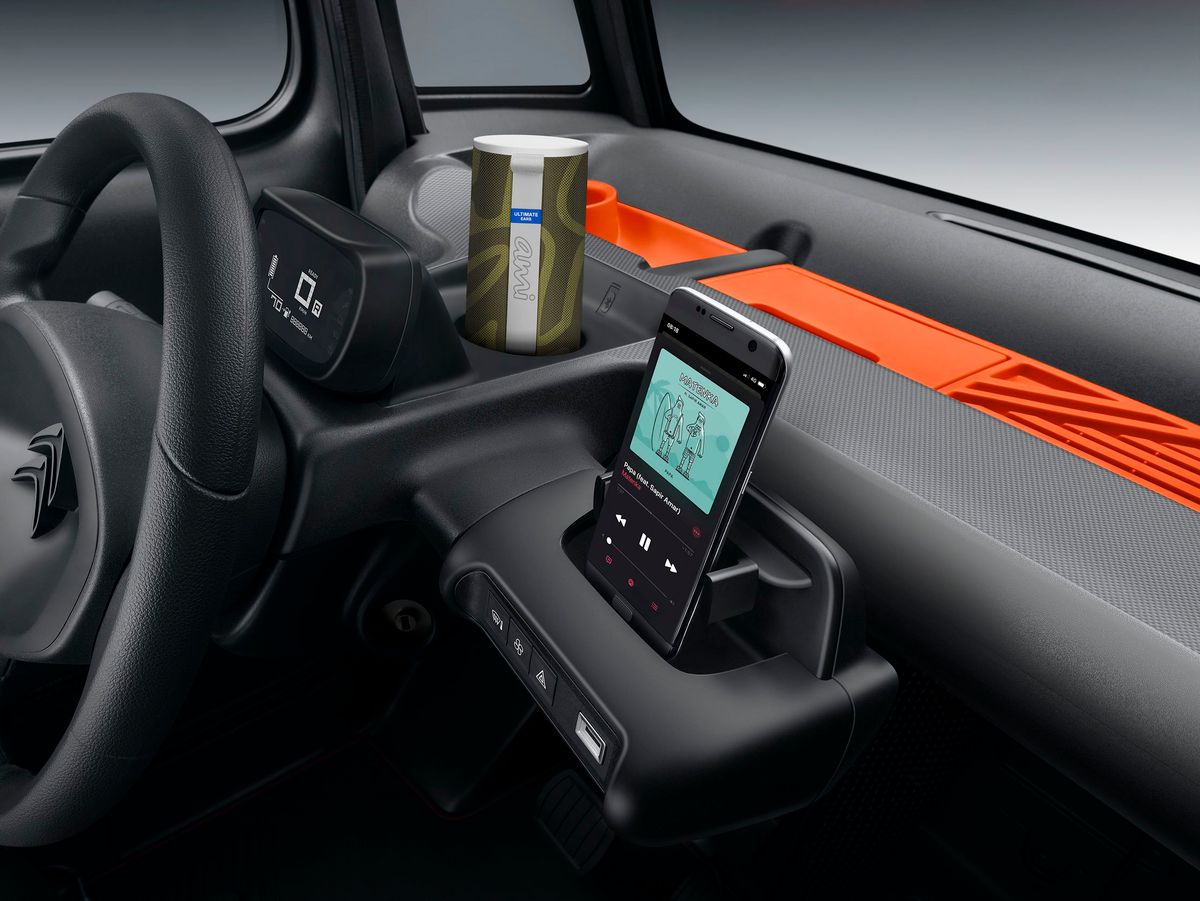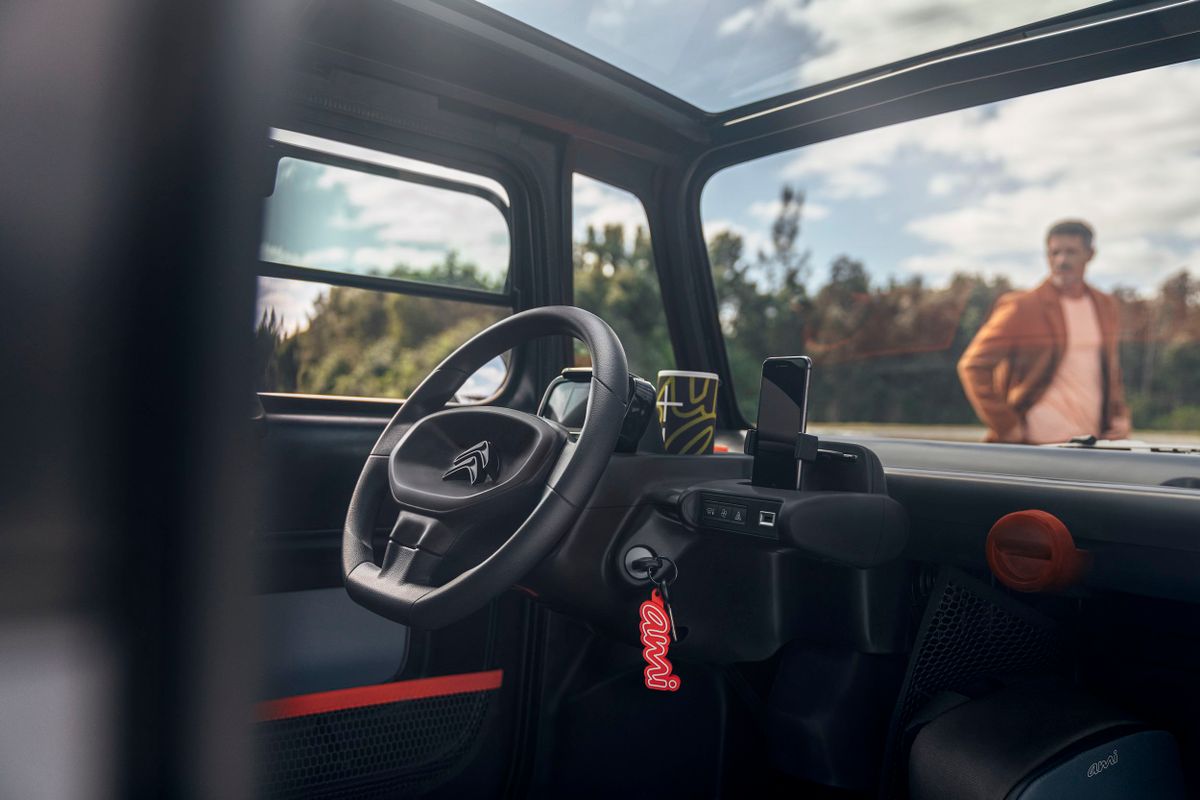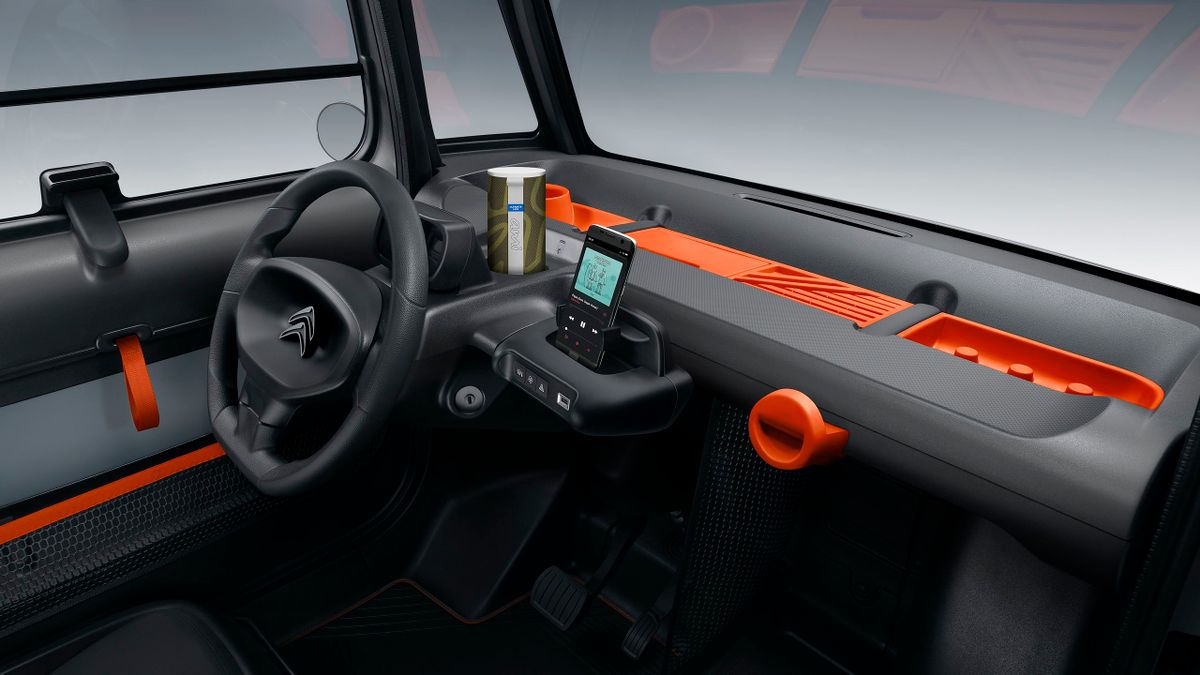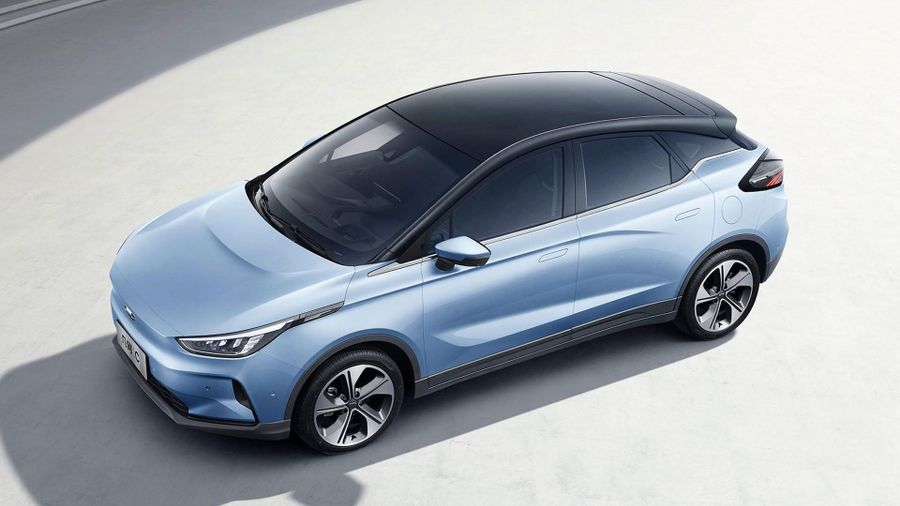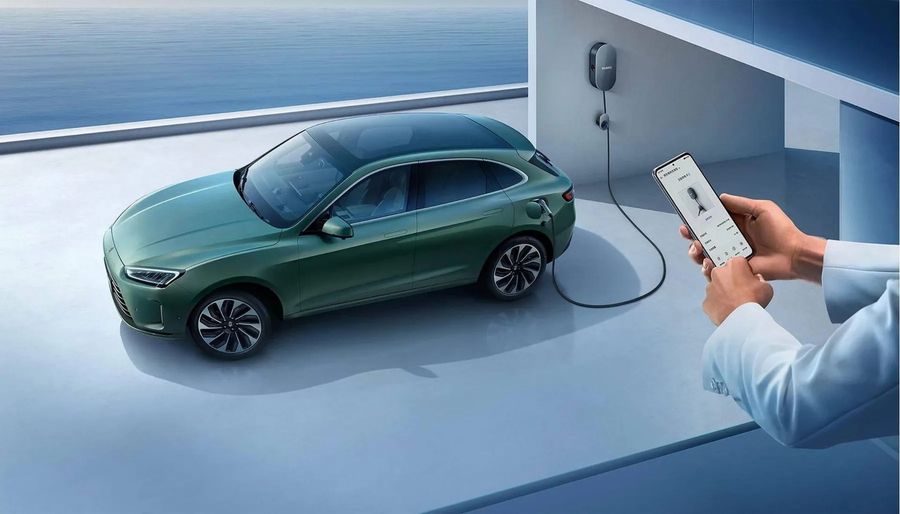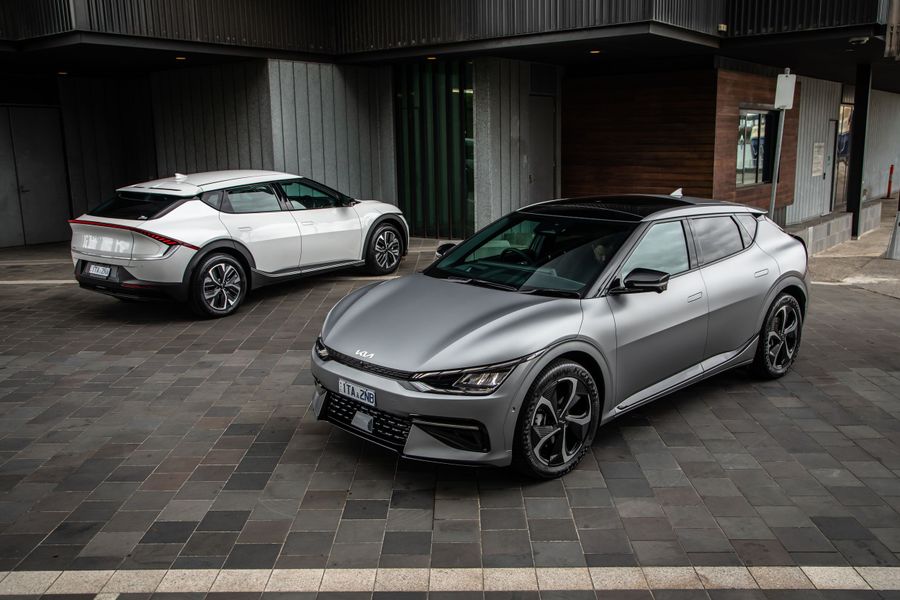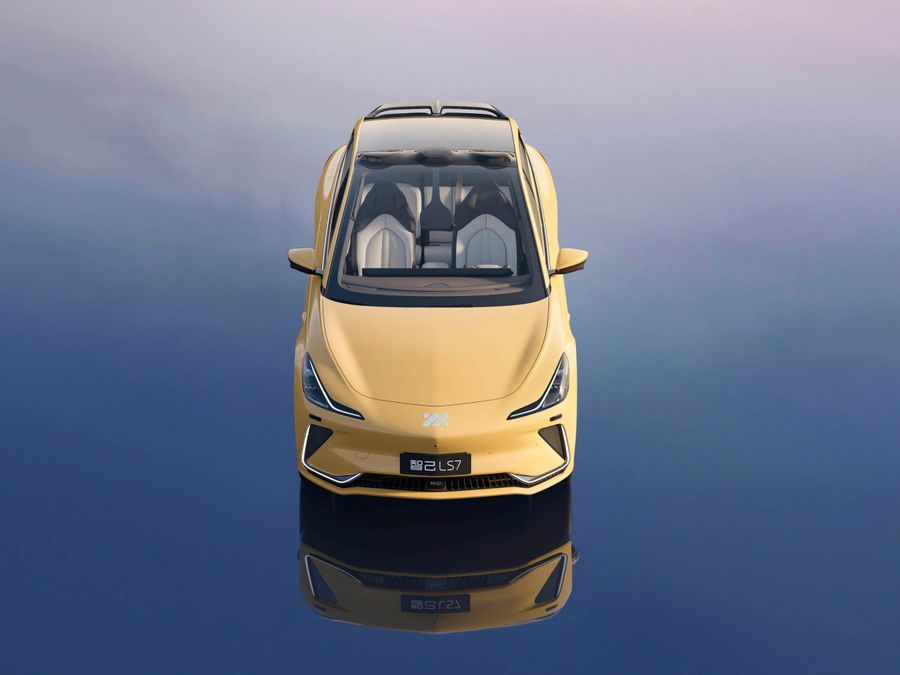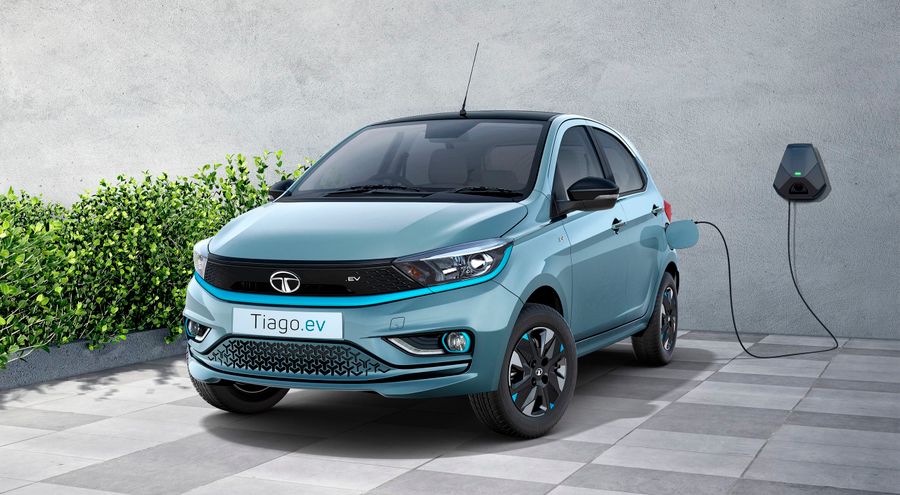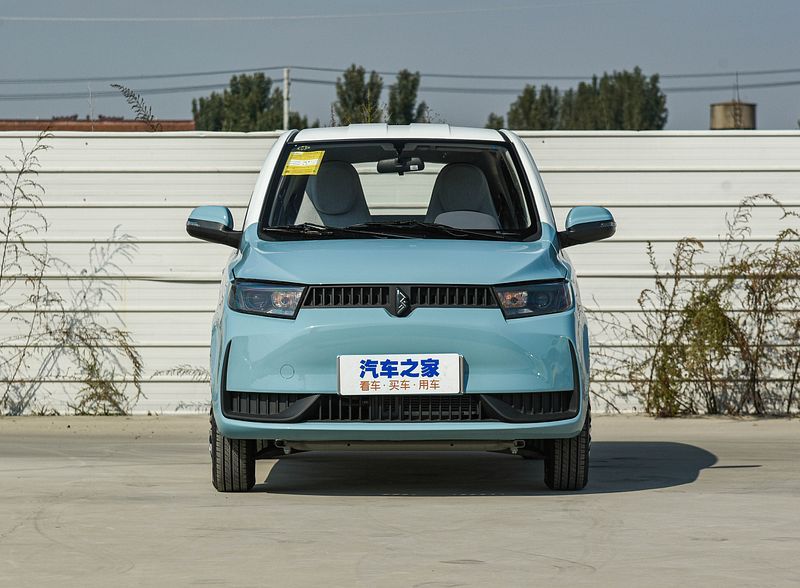
Citroen ‘mon cher’ Ami
The Citroen Ami is an electric subcompact city car, produced since 2020. The car belongs to the category of lightweight all-terrain vehicles. The history of the Ami (which means ‘Friend’ in French) is divided into two periods: from 1961 to 1978 and from 2020 to the present. For obvious reasons, the cars are different from a technical point of view. But they share the same concept of ‘a small cheap city car that looks quite weird’, and a name.
Origins of the name
It’s hard to tell where the name of this car came from. Some believe that AMI meant “middle class car”, and the first Ami truly belonged to the B segment. Some claim that the car was named by the Chief Designer Flaminio Bertoni, but then it was not French, but Italian, and came from the word “amici” (“friends”). With time, the name meaning became more and more complicated. The model was especially popular with the women. Consequently, some people came up with an idea that “Ami” meant a “friend for Madame”. It was even called so in advertising brochures of that time, more precisely, the second and ideal friend. The first car was not ideal at all and often could not even be considered as a friend. But the French women themselves, and the French, generally called the car the “3 CV”, since they saw the connection between the Ami and the Citroën 2 CV for the French, which was produced from 1949 to 1990. The latter was very important for the French. After all, the 2CV is a conditional taxable engine power and, at the same time, a reference to the very idea of a 2CV format car, which should literary replace two horses. Which it did. In its turn, the Ami was probably able to replace three horses.
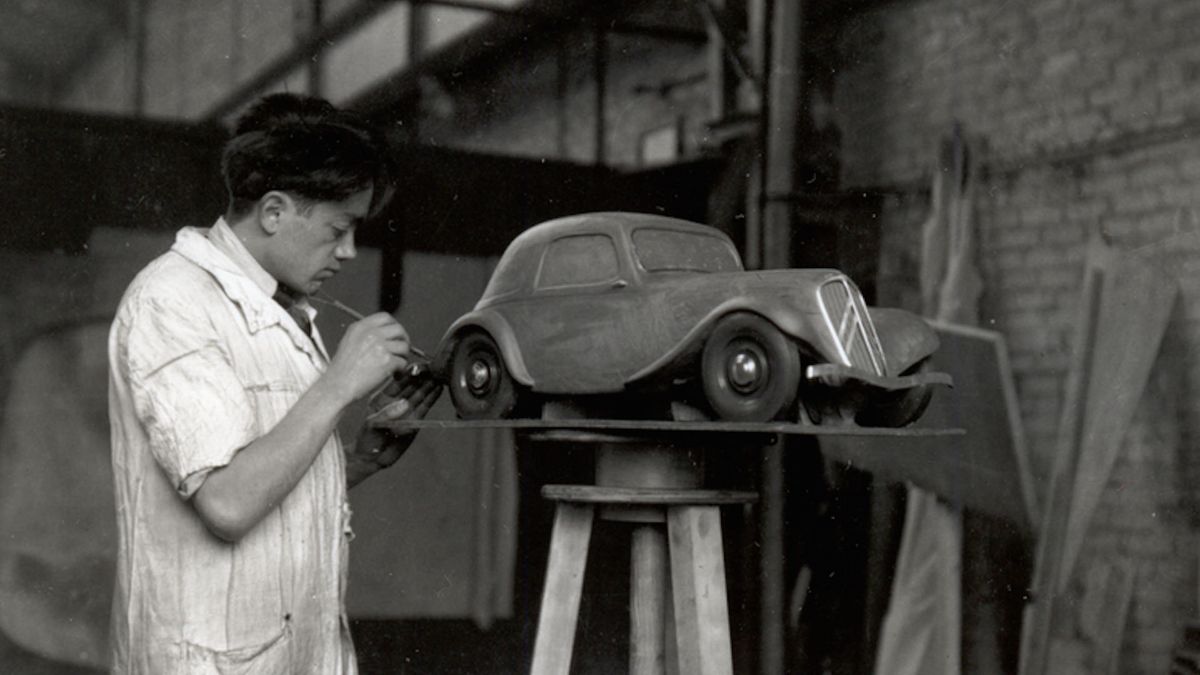
Ami’s profile
In fact, the tilt of the first Ami’s rear window is not a product of fevered imagination of the creator of the “Goddess” (Citroën DS), but an ingenious way out of a difficult situation. Bertoni was faced with a non-trivial task: he had to create a comfortable 4-seater car less than four meters long with a 2-cylinder engine. If the rear window had a standard tilt, then the rear passengers would have to admire not the surroundings, but the toes of their own and other people’s shoes, which would be too close. Therefore, Bertoni chose a non-standard Z-profile of the rear window. Despite its unnatural look, it provided enough headroom for passengers of any size, made the trunk roomier and protected the glass from rain and snow.
It is currently difficult to imagine what could make the designers to create reverse slope rear windows. However, such cars were produced in the past, although even then they also looked, to put it mildly, original. One of the most famous cars of this strange kind was the 1967 Ford Anglia, no wonder it appeared in the movie ‘Harry Potter and the Chamber of Secrets’, where it could fly thanks to Arthur Weasley’s magic. The Ami looked even weirder, so much so that it was once even voted the ugliest car of the year. The latest to use this design hocus-pocus to maximize volume on a short wheelbase was Toyota with its neo-retro styled Will Vi from the early 2000s.
Background
So, the first Ami, more precisely Ami 6, came out in 1961 and took its rightful place between the Citroen 2 CV and the Goddess DS. It combined the elements of both cars and got some of its original elements. The production Citroen Ami quickly became popular as a simple, reliable city car with an engine first producing 22 hp (1961), then 26 hp (1964), 28 and 35 hp (1968). It could develop an impressive speed of 123 km/h, but no one ever did it, since the desire for maximum production savings led to the poor assembly quality. Therefore, at high speed, the Ami rattled like a tin can tied to a dog’s tail, and in general could fall apart if someone sneezed too loudly in the passenger compartment. But when used reasonably, the Ami fully justified the small money invested in it. Outraged by the mockery, the manufacturer once even conducted a public test drive to prove that the Ami could provide a long and safe ride, and the “friend” did not disappoint.
The Ami 8 was produced from 1969 to 1978. In order to lick the car into shape, the company invited the practical designer Robert Opron. As a result, the Ami 8 acquired an ordinary rear window, became more powerful and was very popular as an estate. But by that time, the French had become richer, and many cars of a much higher level appeared on the market. Therefore, the sales volume of the Citroen Ami slipped from 167 thousand in 1967 to 54 thousand in 1974. Moreover, the estate enjoyed special popularity in rural France. Several modifications were produced: the Ami Super with a slightly more powerful engine, thicker metal body, suspension reinforcement components and original controls, as well as the even stronger Ami Super XC. These were all attempts to prolong the existence of the model and break into new markets.
Modern Ami
The Citroen Ami of our time is an all-electric two-seater wheeled vehicle that was developed for Citroen by the engineering and consulting company Altran (Capgemini Engineering since 2021). Only its name reminds of the past model. It is not really a car, but rather an ATV, which can be driven in France from the age of 14 without a driving license, but only in the presence of an AM license and at least 7 hours of practical training.
The new 2020/2021 Citroen Ami is as interesting as the old one. For example, complete vertical symmetry between the front and rear. This is done in order to minimize the cost of body parts. Moreover, the left door is rear-hinged, while the right opens in the usual fashion. The details are symmetrical. The glazing of the tiny car is huge: 50 percent of the surface area of the car above the driver’s belt line. Despite the fact that the car is microscopic, it offers a lot of space for storing items such as a smartphone charger, largely because the glass does not slip, but simply folds back like that in an old tram. Plus, there are no door handles, so you open and close the doors using nylon straps
As for the powertrain, the ATV is equipped with a 6 kW (8 hp) 48 V electric motor powered by a 5.8 kW/h E4V lithium-ion battery. The battery can be charged in three hours from a household outlet. You can move continuously on a single charge for 75 km. But the top speed is limited to 45 km/h, so that the roundish Ami with a school-age driver does not accidentally drive off into the Seine.
Overall, the new Citroen Ami has inherited the most important thing from the very first Ami, which is its strangeness. And it is a product of a noble motivation to keep the cost as low as possible. We cannot state with confidence that the manufacturer has succeeded, as the new Ami costs about 8 thousand euros. Such a new friend, taking into account the technical characteristics, in some cases looks somehow more expensive than the old two ones.



